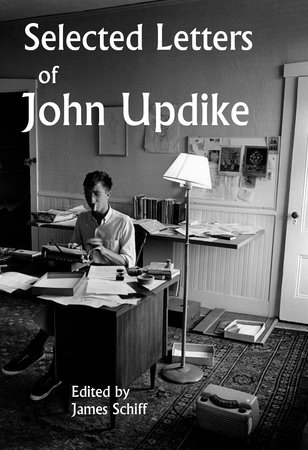Bob Waite, whose father was Updike’s dentist back when the author lived and worked in Ipswich, has been a columnist for North Shore media for decades. Recently he wrote an opinion piece that was published by The Local News, “Lite Waite: Could John Updike, a Straight White Male, Find a Home in Today’s Literary Scene?”
It’s a fair question, but readers probably already know the answer. In fact, John Updike Society board member Sylvie Mathé was watching the new BBC miniseries Down Cemetery Road when she saw this allusion to Updike that perfectly captures the current situation (and provided these screenshots): 


After Updike published his scandalous wife-swapping novel Couples in 1968, the attention the book brought elevated him to the role of spokesperson for America’s changing morality that deviated sharply from the staid 1950s. It’s no surprise then, that Updike would also become a lightning rod for criticism of male novelists during the era of “#Me Too.”
“There is no shortage of millennial white males who believe themselves shut out of a contemporary literary scene that seems curated by, and targeted at, women,” Waite wrote. “By implication, Updike would suffer a similar fate. To elaborate, Waite cites Ross Barkan (“From Misogyny to No Man’s Land”): “If men still sit at the top of publishing houses, it’s college-educated women writing, editing, and agenting most of the novels of note.” Barkan argues that straight white males have all but disappeared as authors and literary characters. Waite wrote, “He tells us that ‘between 2001 and 2011, six white men won the New York Public Library Young Lions prize for debut fiction. Since 2020, not a single white man has even been nominated (of 25 total nominations).'” Continue reading









 Updike collectors take note: The extensive collection of Michael Broomfield (of Broomfield & De Bellis bibliography fame) is for sale, item-by-item, from
Updike collectors take note: The extensive collection of Michael Broomfield (of Broomfield & De Bellis bibliography fame) is for sale, item-by-item, from